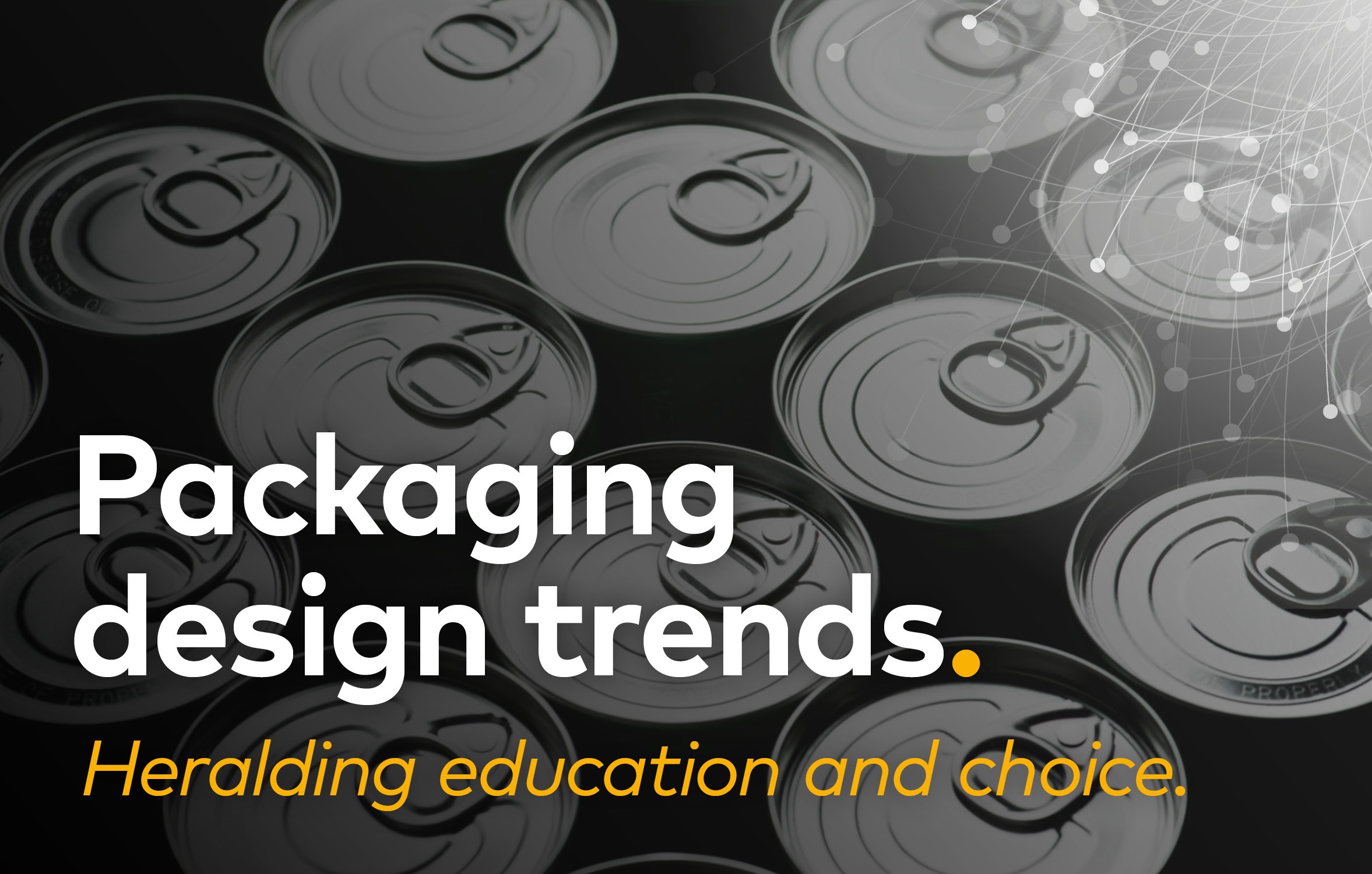
Packaging design sits in a peculiar place in the world of advertising and marketing.
While most other communications tactics can have a pure messaging function, packaging design has to wrestle with its purpose – to contain a product, protect it during its journey from manufacture to use, and to showcase to potential consumers what it is and what it does.
Packaging needs to do all of this in a more compelling way than competing products, and without adding too much additional cost to the unit price.
The best examples of packaging perfectly blend this purpose and messaging. Remember when the world went crazy for the headphones packaged to look like a musical note? It was a simple, cost effective way to marry the purpose of the packaging with a clear visual message.
As in most walks of life, the biggest change in packaging culture in the past 10 years has been spurred by the internet and, more specifically, the explosion in online shopping.
Before the likes of Amazon, your options were defined by what was on the shelves of your nearest town, village or city etc. Consumers now have a million places to look before they buy something and consequently a huge variety of options to choose from. It’s this explosion of education and choice that’s created the two trends we’re keeping a watchful eye on:
Shout by whispering
One approach to pack design is to catch the eye of a browsing customer above your competitors and clearly show your USP.
If every product in a category subscribes to this model then the norm is for ‘shouty’ pack design. In that category, how do you do something that really stands out?
Increasingly, we’ve seen a move back towards plain and clean packaging. Aesop is a fantastic example of this approach – their plain packaging perfectly hints at its botanical expertise, but also gives space for the product to take centre stage.
Genuine progress on sustainability
Recycled and sustainable packaging isn’t new, but as the technology matures it is becoming an increasingly realistic option for brands.
And the discovery of floating plastic ‘garbage patches’ in the world’s oceans means there’s a renewed effort to curb the amount of plastic that finds it’s way into the marine ecosystem.
At the 2017 World Economic Forum in Davos, FMCG industry leaders signed up to an initiative to take the amount of plastic that’s reused and recycled globally to 70% from its current level of 14%.
For packaging, this means that we’ll be seeing more innovative solutions such as the six-pack ring from US beer producer Saltwater Brewery, that’s made from by products of the brewing process and is safe for marine animals to eat.
This is an excerpt from our latest report The Future of Marketing – available to download now
James Kay, Senior Account Manager, The Behaviours Agency
Let's make you the preferred choice.
Our Preference approach can be applied to any marketing challenge.